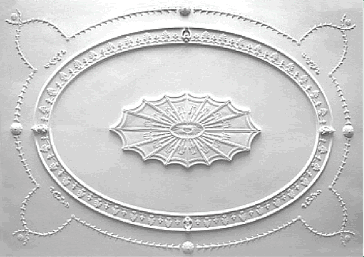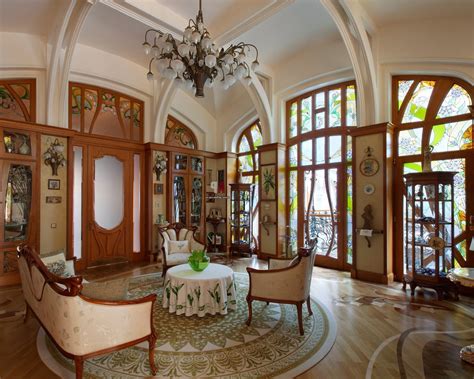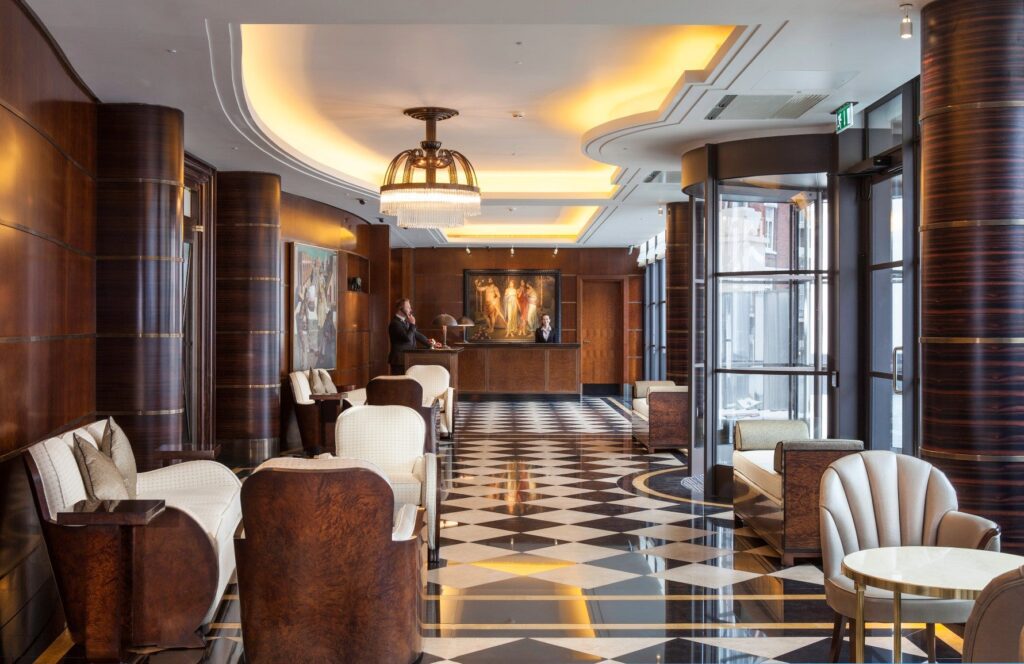Ornament plaster is a hand mode product that although the process has been refined over the years it still uses basically the same materials and techniques that were used 5000 years ago. It is obviously a tried and true method but it does not produce machine manufactured components. There are two main peculiarities of items produced in this way. The first is that there can be minute differences between pieces, this some say gives ornamental plaster its unique charm. The second is that pin holes are an unavoidable consequence of this production method. These manifest on the surface of an item as minute round holes hence pin holes. Two brushed coats of good quality paint will hide them, but thin sprayed coats of paint will often fail to conceal them. They are not a fault merely a byproduct of this ancient production method.
History of Architectural Plaster
Ancient Egypt

The first use of plaster in building is lost in the mists of time but it was used in ancient Egypt at least 5000 years ago.
Ancient Greece

Ancient Greece saw the first use of plaster for ornamentation. Its use flourished during the Doric, Ionic and Corinthian Greek architectural orders.
The Roman Empire

The Roman Empire conquered the Greeks but admired many things about the Greeks ancient culture, including their use of plaster for ornament. The Romans had always used plaster to finish walls, but then they went on to embellish them in ever more opulent styles.
Georgian / Regency

The Georgian era (approx. 1741 – 1830) began style wise with crisp square architecture that embraces the dentil cornices like CN2267. This style softened as the Regency period emerged with a softening more romantic approach. The Regency ceiling panels make a delightful addition to the modern home.
The Victorian Era

Queen Victoria reigned for 63 years from 1837 to 1901. This was the height of the industrial revolution. During this time architecture developed from simple Victorian workers cottages through more spacious homes to highly decorated mansions.
The early homes were decorated quite simply. The homes built in the middle period tended to have quite highly decorated formal rooms at the front of the house fading to simple or even austere utility rooms. In the later more prosperous period, the decoration became more prolific and intricate; some examples exhibiting extremely detailed designs.
Unless an accurate restoration is being considered it is usual nowadays to tastefully decorate all rooms. Usually, a smaller more restrained cornice is used in smaller less important rooms while the formal rooms and the family room (which did not exist in Victorian times) are decorated according to personal taste.
This can range from small gutter cornices through large gutters to Italianate masterpieces which are very popular when one wants to create a room with real “presence”.
The 20th Century
Art Nouveau

The turn of the 20th century saw the emergence of the Art Nouveau style. Characterized by sweeping curves and incredibly opulent design.
This was also the time of Australian Federation. This period saw the emergence of the first uniquely Australian style of architecture. The Federation style was more restrained than Art Nouveau and often included iconic Australian fauna and flora. The gumnut cornices CN35 and CN451 are a good example of this.
Art Deco

The Art Deco era officially began with the Paris Exabition of 1925 but it is generally acknowledged that its influence started soon after the end of World War 1 in 1918.
In architecture it flourished through the late 1920s through to the beginning Second World War in 1939 when the austerities of war produced a more utilitarian style.
Bold geometric shapes with ornament for ornaments sake typify its use in plaster mouldings. It does not pretend to derive its form from its function. It is all about style, style, style!





